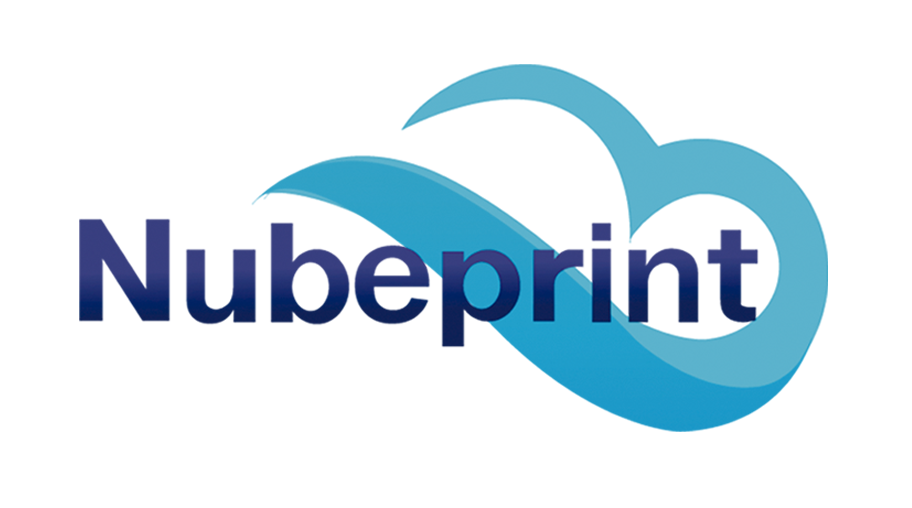Did you know …….?
AI searches for extraterrestrial signals.
The SETI Institute has been searching for intelligent life beyond Earth since the 1960s. Recently, it has implemented a series of machine learning algorithms to filter the Big Data generated from telescope observations. Is there life in “a Galaxy far, far away…”?
AI is all the rage: from Chat GPT to the recent petition by 1,000 scientists calling for a 6-month waiting period for AI, which is going too fast. Artificial Intelligence is here to stay and is capable of solving in seconds what would take a human being days, months or even years of effort and dedication.
The SETI Institute has developed a system of machine learning algorithms, based on AI, that filters out interference from terrestrial signals and is able to detect unknown space signals. This AI system also aids in the analysis of Big Data obtained from telescope searches and, perhaps, in finding extraterrestrial life.
Since 2015, SETI has been searching for signs of intelligent life in a million stars through observations from telescopes installed in Virginia (USA), Australia and South Africa. The project aims to capture radio emissions coming from the direction of a star and constantly changing frequency (just as would happen if an extraterrestrial transmitter were on a planet moving relative to Earth).
Machine learning software was built to analyze the data from observations of 820 stars. Nearly three million signals were captured, but the vast majority were discarded as terrestrial interference. Then, about 20,000 others were manually reviewed and the hope was reduced to 8 signals of unknown origin.
Ultimately, the search was unsuccessful: all 8 signals disappeared the second time the team searched for them. However, this method could be used to analyze more Big Data (such as observations from the MeerKAT array of 64 radio telescopes in South Africa), plus the algorithms could also filter archived data to look for signals that might have been missed.
Nubeprint has a managed MPS solution with dynamic algorithms and filters.
In 2013, it developed the first A.I. engine for MPS and, since 2017, it has a Machine Learning (ML) developed specifically for MPS: through this machine learning, the system develops pattern recognition and the ability to learn continuously, with predictions based on Big Data, after which it makes the necessary adjustments without having been specifically programmed to do so.
Source: abc.es/science/Nubeprint
The SETI Institute has developed a system of machine learning algorithms, based on AI, that filters out interference from terrestrial signals and is able to detect unknown space signals. This AI system also aids in the analysis of Big Data obtained from telescope searches and, perhaps, in finding extraterrestrial life.
Since 2015, SETI has been searching for signs of intelligent life in a million stars through observations from telescopes installed in Virginia (USA), Australia and South Africa. The project aims to capture radio emissions coming from the direction of a star and constantly changing frequency (just as would happen if an extraterrestrial transmitter were on a planet moving relative to Earth).
Machine learning software was built to analyze the data from observations of 820 stars. Nearly three million signals were captured, but the vast majority were discarded as terrestrial interference. Then, about 20,000 others were manually reviewed and the hope was reduced to 8 signals of unknown origin.
Ultimately, the search was unsuccessful: all 8 signals disappeared the second time the team searched for them. However, this method could be used to analyze more Big Data (such as observations from the MeerKAT array of 64 radio telescopes in South Africa), plus the algorithms could also filter archived data to look for signals that might have been missed.
Nubeprint has a managed MPS solution with dynamic algorithms and filters.
In 2013, it developed the first A.I. engine for MPS and, since 2017, it has a Machine Learning (ML) developed specifically for MPS: through this machine learning, the system develops pattern recognition and the ability to learn continuously, with predictions based on Big Data, after which it makes the necessary adjustments without having been specifically programmed to do so.
Source: abc.es/science/Nubeprint
Ultimately, the search was unsuccessful: all 8 signals disappeared the second time the team searched for them. However, this method could be used to analyze more Big Data (such as observations from the MeerKAT array of 64 radio telescopes in South Africa), plus the algorithms could also filter archived data to look for signals that might have been missed.
Nubeprint has a managed MPS solution with dynamic algorithms and filters.
In 2013, it developed the first A.I. engine for MPS and, since 2017, it has a Machine Learning (ML) developed specifically for MPS: through this machine learning, the system develops pattern recognition and the ability to learn continuously, with predictions based on Big Data, after which it makes the necessary adjustments without having been specifically programmed to do so.
Source: abc.es/science/Nubeprint
In 2013, it developed the first A.I. engine for MPS and, since 2017, it has a Machine Learning (ML) developed specifically for MPS: through this machine learning, the system develops pattern recognition and the ability to learn continuously, with predictions based on Big Data, after which it makes the necessary adjustments without having been specifically programmed to do so.
